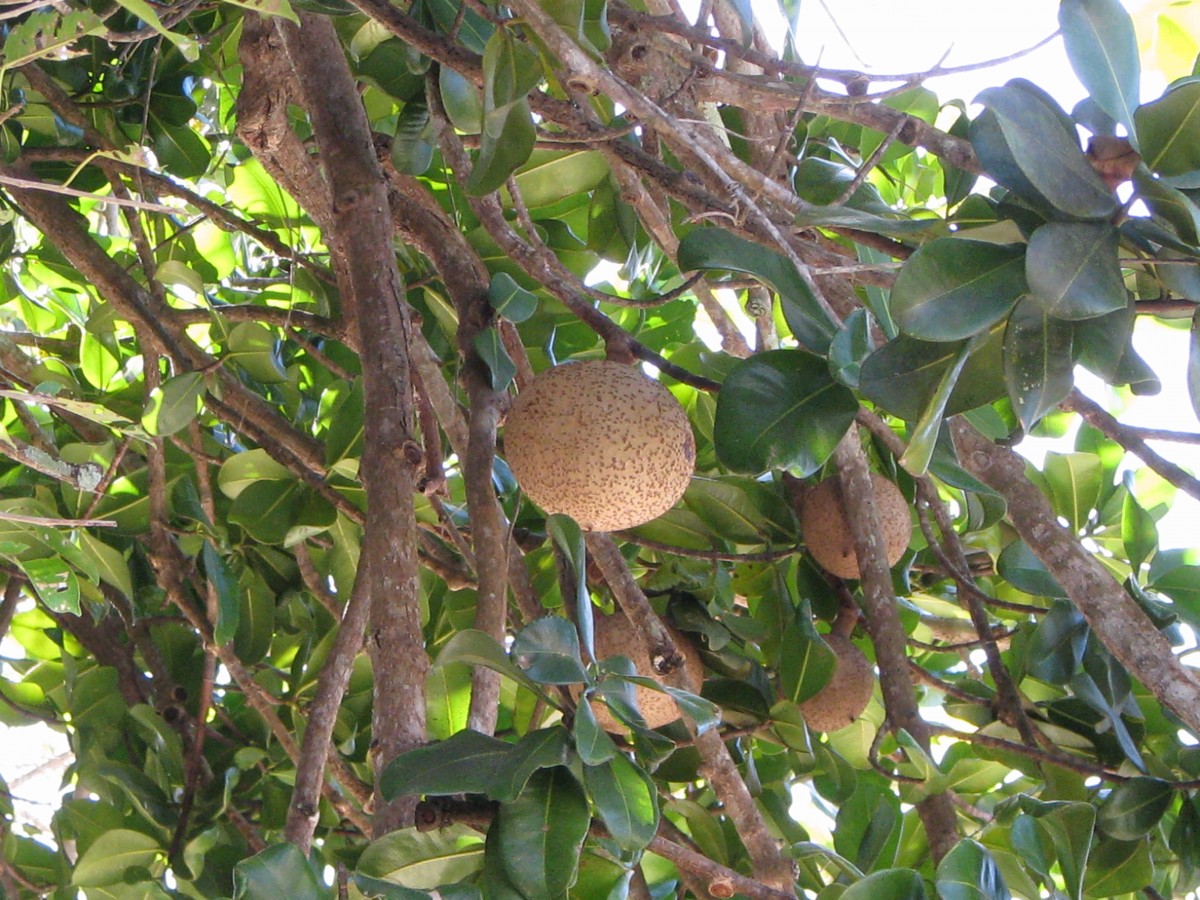Food insecurity is a condition of being uncertain about being able to put food on the table every day. People may have enough food in their homes some of the time, but may worry that they will not have enough in the future. They may experience days when some members of the family go hungry, or they may have to rely on poor quality food,
About 40% of Puerto Ricans, and 56% of Puerto Rican children, are estimated to be food insecure. This is a much higher rate than that of any state. The U.S. as a whole has an average food insecurity rate of just 10.4%. The map below shows the levels of food insecurity in the various states.
Reasons for food insecurity in Puerto Rico
There are a number of contributing factors:
- Reliance on imports is the most obvious problem. Puerto Rico imports about 85% of the food produced locally. Less local production leads to shortages and lack of access, especially in cases of natural disaster.
- Low levels of agriculture. Puerto Rico used to rely on agriculture, but made a decision (or had the decision made by the federal government it depends whom you ask) to shift to manufacturing in the 20th century. Factory farming threatened family farms. Hurricane Maria and Fiona have destroyed crops in recent years, disrupting what had been looking like a bit of a local renaissance for agriculture.
- Puerto Rico is an island. This limits the arable land and adds salinity (salt in the soil) as a complicating factor for farmers.
- Inability to compete internationally. Countries outside of the U.S. have lower costs and lower wages, so they are able to produce food at lower prices. This is true for the states as well as for Puerto Rico, of course. The USDA, in response to supply chain disruptions during the COVID-19 pandemic, has plans to improve the situation, but it is not clear how much this would benefit Puerto Rico in particular.
- High energy costs are one of the reasons Puerto Rico cannot produce food at prices comparable to the prices of imported food. Climate change plays into this issue as well as the issue of natural disasters’ effects on food security.
- Poverty is higher in Puerto Rico than in any state. Simply having less disposable income, along with access issues, makes it harder for families in Puerto Rico to feel confident about their food supply.
- Puerto Rico receives fewer benefits. Needy families receive less from NAP than those in states receive from SNAP.
Would statehood help?
Yes. Some of the factors will not be affected by statehood. Puerto Rico will continue to be an island. Salinity in the soil will continue to be a challenge. Natural disasters and climate change do not depend on the Island’s political status.
However, the state of Puerto Rico must, under the U.S. Constitution, be treated equally with all other states. There will be voting members of Congress and Puerto Rico voters will have a say in the election of their president. Statehood means equal rights.
Every territory which has become a state, including some territories which experienced famine before statehood, has become more prosperous as a state. Puerto Rico will have the same experience. The prospect of food security for Puerto Rico is enough of a reason to support statehood. Reach out to your congressional representatives.








One response
How will becoming a state help food insecurities??
Alaska is a state and still subject to the Jones Act. Their is terrible food insecurities in all the states. Becoming a state will not fix the problem. Local action is the only solución.